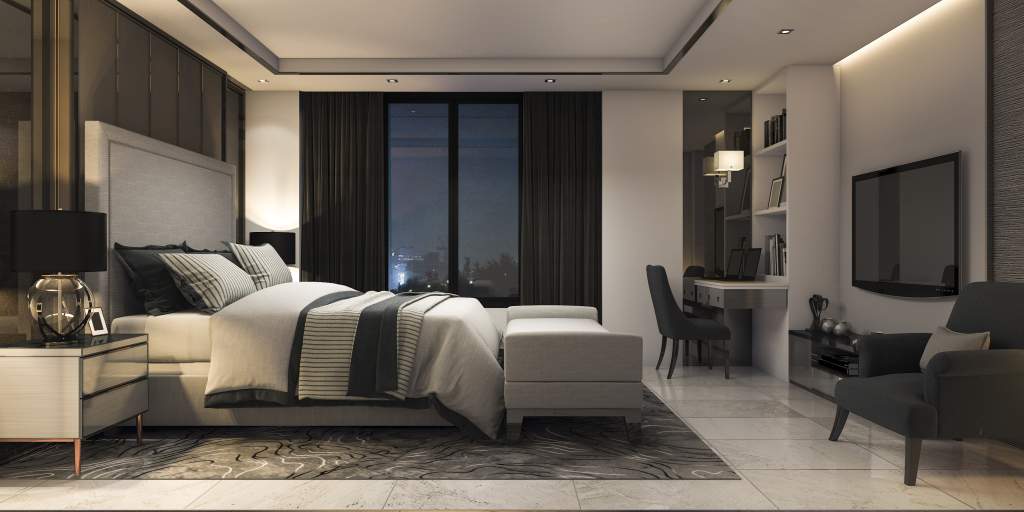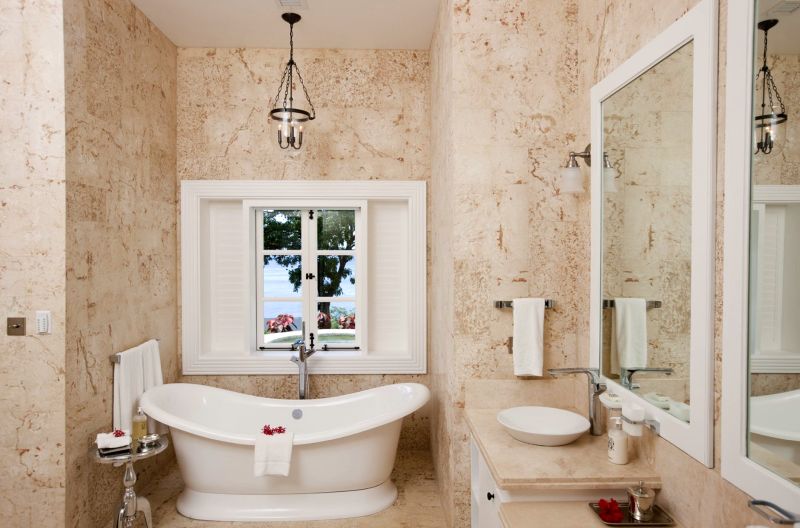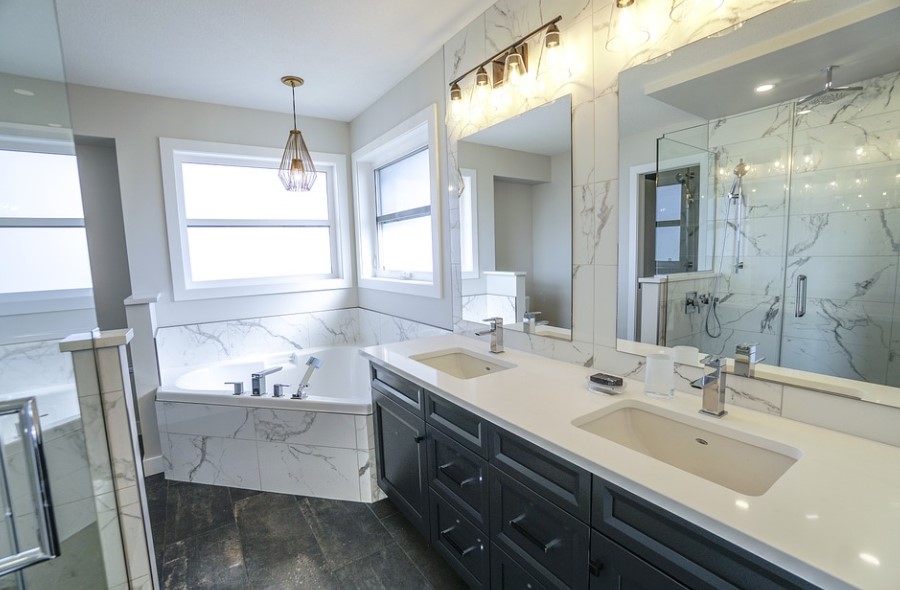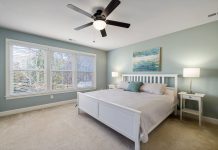Ergonomics and Aesthetics: How to Choose the Best Library Furniture
Libraries are more than just spaces filled with books. They are havens of knowledge, sanctuaries for learning, and community hubs. To create an inviting and functional library, choosing the right furniture is paramount. It’s not just about aesthetics; ergonomics plays a crucial role too. In this guide, we will explore the art of selecting library furniture that harmonizes both ergonomics and aesthetics. To see some of the best library furniture, visit this page.

Understanding the Purpose
Before diving into the world of library furniture, it’s essential to understand the primary purpose of your library space. Consider the following questions:
What Is the Library’s Main Function?
Is your library primarily a research space, a place for children’s activities, a community meeting spot, or a combination of these functions? The furniture you choose should align with the library’s primary purpose.
Who Are Your Users?
Identify your target audience. Are you catering to students, academics, children, or the general public? Different age groups and demographics have distinct ergonomic needs.
Ergonomics in Library Furniture
Ergonomics focuses on designing furniture and equipment that enhance user comfort and productivity. Here’s how to incorporate ergonomics into your library furniture choices:
Seating Comfort
Comfortable seating is a cornerstone of ergonomic library design. Opt for chairs and sofas with proper lumbar support, adjustable heights, and adequate cushioning. Consider ergonomic chairs with features like swivel bases and armrests for added convenience.
Workstation Design
If your library includes study areas, workstations must be designed with ergonomics in mind. Ensure that tables and desks are at the correct height to prevent strain and discomfort. Adjustable desks are a versatile option, accommodating users of various heights.
Lighting
Proper lighting is crucial for reading and studying. Choose fixtures that provide even, glare-free illumination. Adjustable task lighting allows users to direct light where it’s needed, reducing eye strain.
Accessibility
Make your library furniture accessible to all users, including those with mobility challenges. Ensure there are clear pathways, ramps, and spaces where individuals using wheelchairs or mobility aids can comfortably navigate. Adjustable tables and desks can be particularly helpful for wheelchair users.
Aesthetics in Library Furniture
Aesthetics plays a significant role in creating an inviting and visually pleasing library environment. Here’s how to strike the right balance between aesthetics and ergonomics:
Color Palette
Choose a color palette that resonates with the library’s theme and ambiance. Soft, calming colors are ideal for relaxation areas, while vibrant hues can energize spaces designated for children or group activities.
Material Selection
The choice of materials can greatly impact the aesthetics of your library. Consider using natural materials like wood for a warm and welcoming atmosphere. For a modern look, opt for sleek, metallic finishes. The key is to select materials that align with your library’s overall design concept.
Furniture Layout
Pay attention to the arrangement of furniture. Ensure that it flows well with the layout of the library and provides clear pathways for movement. Group furniture strategically to create cozy reading nooks, study pods, and collaborative spaces.
Branding and Identity
Infuse your library’s branding and identity into the furniture design. Customized furniture with logos, slogans, or themes can help reinforce the library’s unique identity and make it more appealing to visitors.
Sustainability and Durability
Library furniture should be built to last, both in terms of durability and style. Sustainable choices not only benefit the environment but also reduce long-term costs. Consider these factors:
Sustainable Materials
Look for furniture made from eco-friendly and sustainable materials. Reclaimed wood, recycled metal, and low-VOC finishes are all eco-conscious choices.
Quality Construction
Invest in well-crafted furniture that can withstand heavy use. High-quality materials and craftsmanship ensure longevity, reducing the need for frequent replacements.
Easy Maintenance
Choose furniture that is easy to clean and maintain. Stains and damage can mar the aesthetics of your library, so opt for materials that resist wear and tear.
Flexibility and Adaptability
In a dynamic library environment, flexibility and adaptability are key. Furniture that can be easily rearranged or repurposed allows you to maximize your space and cater to changing needs.
Modular Furniture
Consider modular furniture systems that can be reconfigured to create different seating arrangements or workspaces. This adaptability ensures that your library can evolve with changing demands.
Mobile Furniture
Mobile furniture, such as lightweight tables and chairs on casters, provides the flexibility to transform spaces quickly. This is particularly useful for libraries that host events or workshops.
Budget Considerations
Balancing aesthetics and ergonomics while staying within budget is a common challenge. Here are some strategies to make the most of your budget:
Prioritize Key Areas
Identify the most critical areas of your library where ergonomics and aesthetics are paramount. Allocate a larger portion of your budget to these spaces and be more cost-effective in less crucial areas.
Consider Used or Refurbished Furniture
Quality used or refurbished furniture can offer cost savings without compromising on quality. Look for reputable suppliers who offer warranty or refurbishment services.
Long-Term Investment
Think of library furniture as a long-term investment. While upfront costs may be higher for quality pieces, they can save you money in the long run by requiring fewer replacements and repairs.
User Feedback and Testing
Before finalizing your furniture choices, gather feedback from library users. Conduct testing and surveys to gauge comfort and usability. This user-centered approach ensures that your furniture meets the needs and preferences of your patrons.
Conclusion: A Harmonious Blend of Ergonomics and Aesthetics
In the quest for the best library furniture, remember that ergonomics and aesthetics should not be viewed as competing elements. Instead, they can be harmoniously blended to create a library environment that is both functional and visually appealing. By understanding your library’s purpose, considering user needs, and making thoughtful choices, you can transform your library into a welcoming and inspiring space for all.
Whether it’s the cozy chairs that invite hours of reading, the well-lit study desks that promote focused learning, or the beautifully designed shelves that showcase your collection, every piece of furniture contributes to the overall experience of your library. So, choose wisely, and let your library furniture reflect the knowledge, creativity, and community spirit that your institution embodies.







